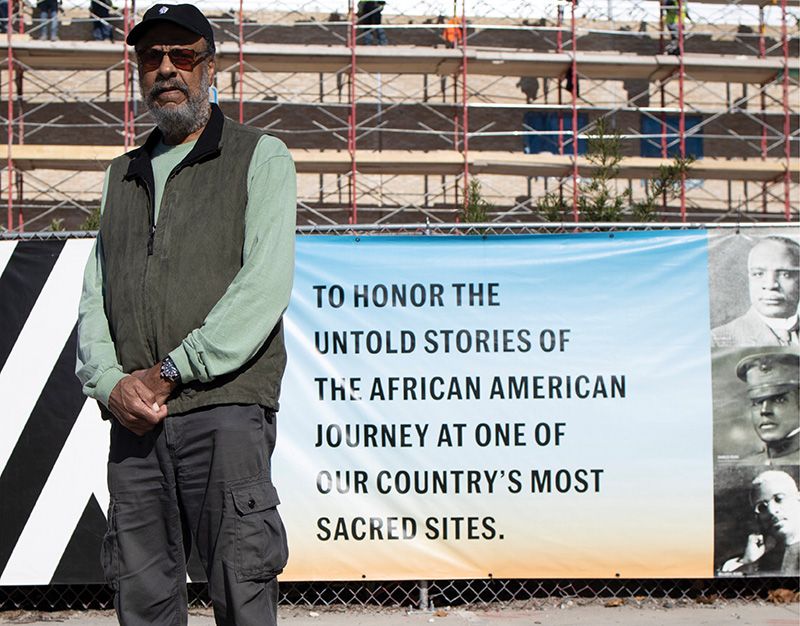From Omar Ibn Said to Mary Jackson and Tim Scott, Bernard Powers tells Palmetto State history through its people

Dr. Bernard Powers doesn’t slow down. Although technically retired, the historian and beloved professor emeritus at the College of Charleston is serving as interim CEO of the International African American Museum (IAAM), where he’s gathering a team of national experts to tell “the untold stories of the African American journey at one of the nation’s most sacred spaces.” Meanwhile, he continues telling stories himself, most recently editing 101 African Americans Who Shaped South Carolina (USC Press, October 2020). Through biographical vignettes, the handy volume (an extension of Powers’s contributions to Walter Edgar’s South Carolina Encyclopedia) is a who-what-when of Black people, both celebrated and unsung, who’ve left an indelible imprint on our state and nation. Here, Powers discusses how history shapes our present and future
CM: Why this book at this moment?
BP: There’s real interest in understanding how we got here and what can be done to improve the racial climate. History can explain how we got here. This book examines major themes in African American and South Carolina history from the early days of settlement and slavery up through contemporary times. We included profiles of current Black South Carolinians in the arts, the professions, business and politics, showing how their career choices were in part the logical outgrowth of the state‘s racial history and what’s possible today in South Carolina.
CM: There are 101 entries, yet obviously many were left out. How did you narrow the scope?
BP: We wanted to mix in lesser with more well-known individuals and include women, as well as figures from popular culture who aren’t readily associated with South Carolina but ought to be (such as Larry Doby, Althea Gibson, and Brook Benton). To ensure topics like slavery didn’t overtake others, we focused on individuals that represented slave agency, leadership, diversity, and those who had an impact on the other important events in the state. For example, Denmark Vesey’s actions had implications for the coming of the Civil War.
CM: How do you imagine future historians will describe how African Americans today are shaping South Carolina?
BP: I’m encouraged and hopeful that efforts to preserve Gullah-Geechee culture mean those traditional African elements will continue well into the future. Artists like Jonathan Green and Ranky Tanky are shaping our cultural lives in South Carolina and beyond, and African Americans will continue to be a force in state politics: witness Jaime Harrison’s run for US Senate. Of course, I believe IAAM will be an important force not only for education but racial healing and understanding in the state and around the nation. But unless the health, educational, and employment disparities between the state’s Black and white populations are remediated, they will become greater factors that impede overall progress. A century ago, Booker T. Washington said that no one race or class can truly rise while others are suppressed and held back. This still applies today.
Education: PhD in American History from Northwestern University
Career: History professor at College of Charleston since 1992, now professor emeritus
Favorite lesser-known book entry: Rev. Richard Harvey Cain, an AME Church leader and legislator in the 19th century; Bishop Payne (a Charlestonian) sent Cain here in 1865 to organize AME branches.